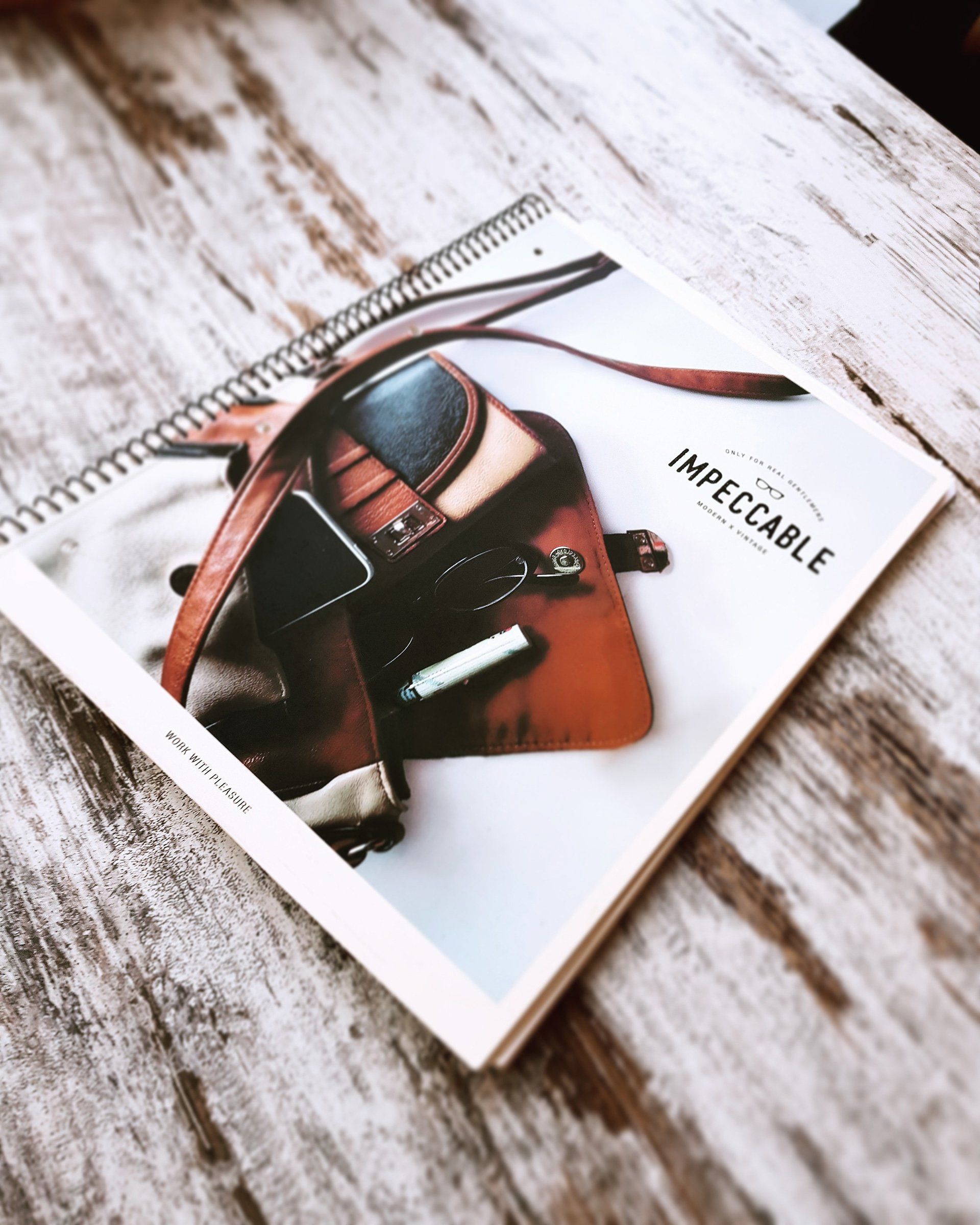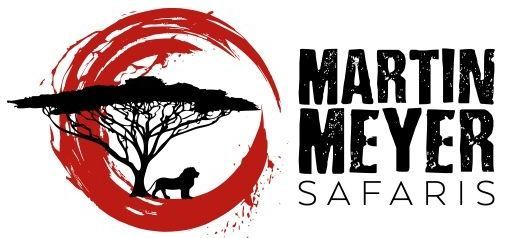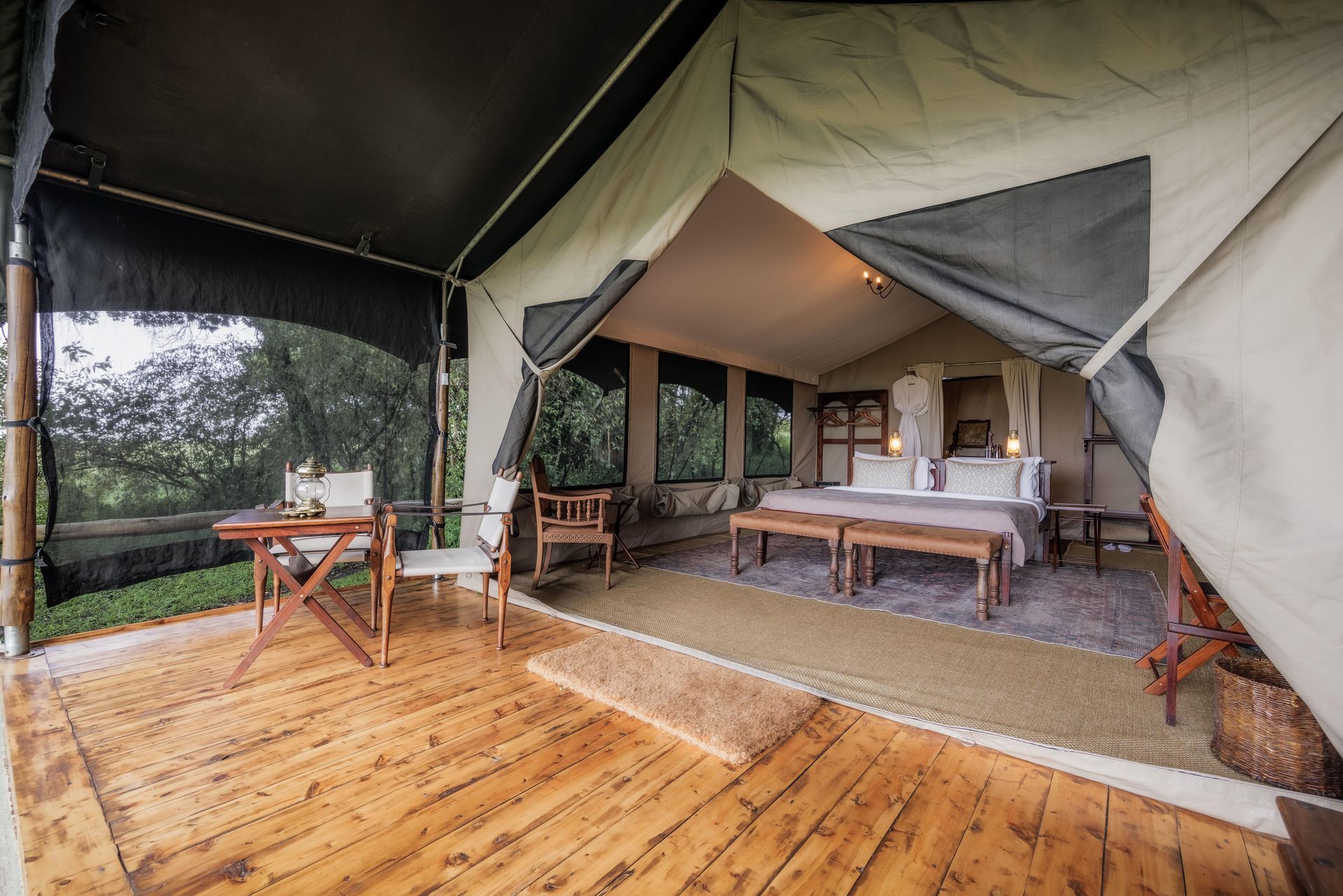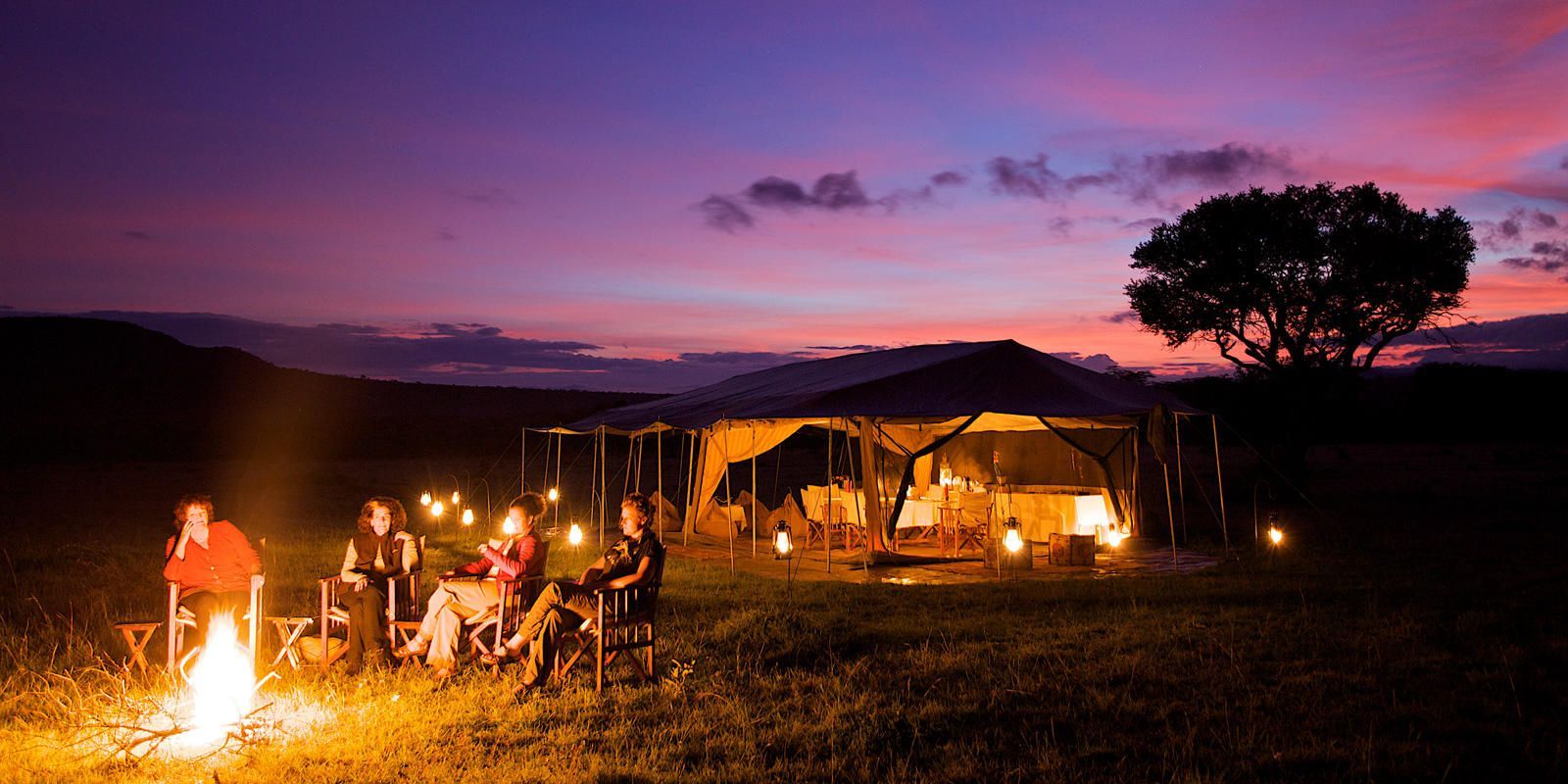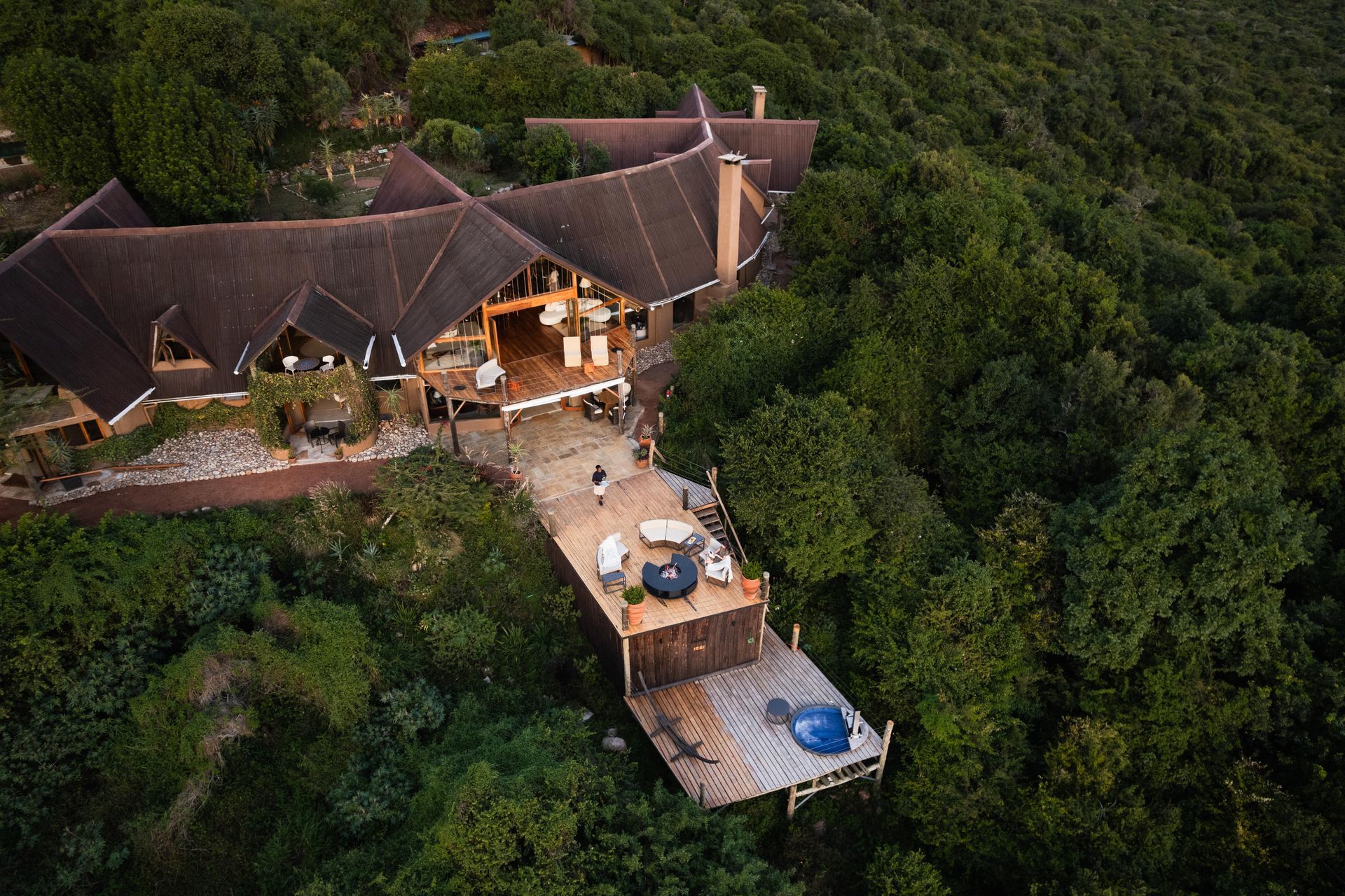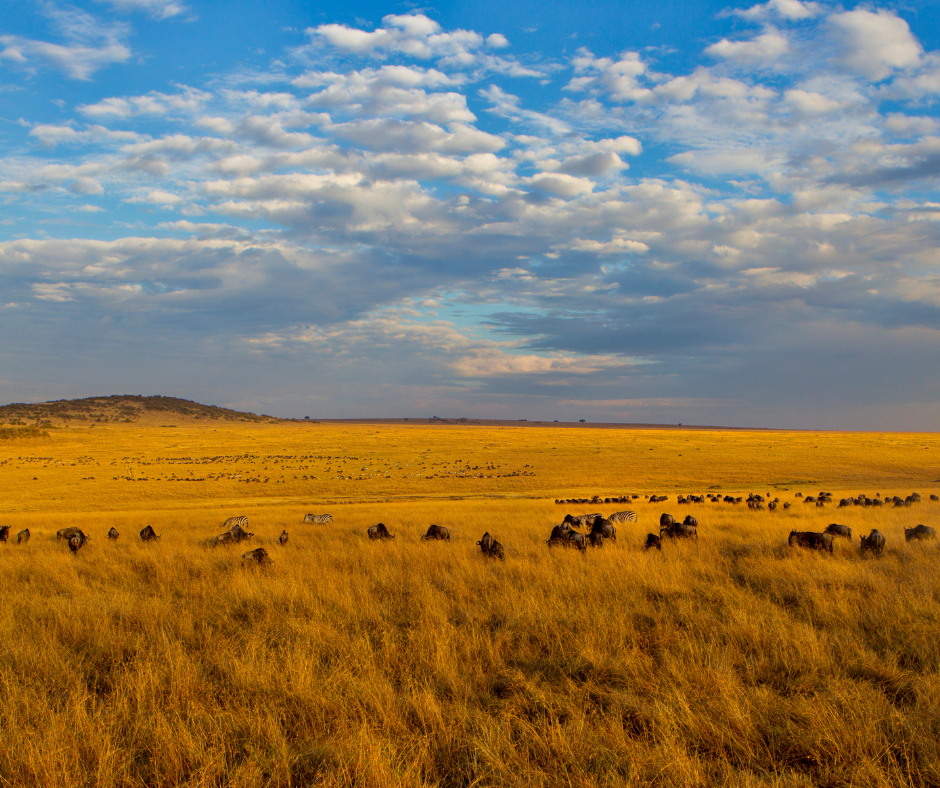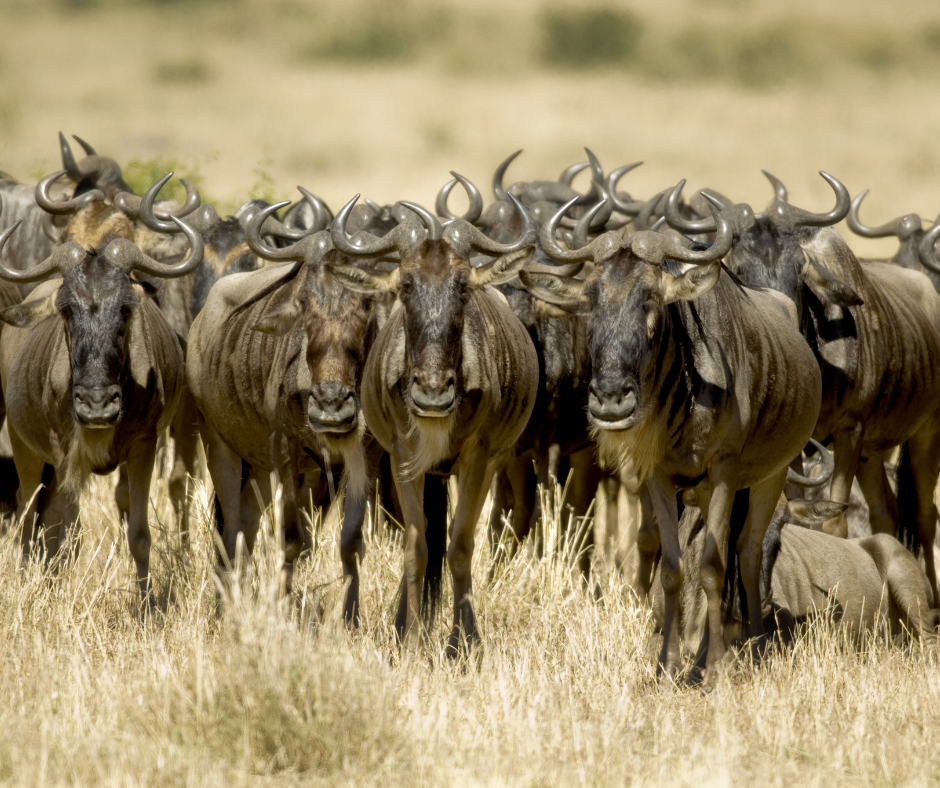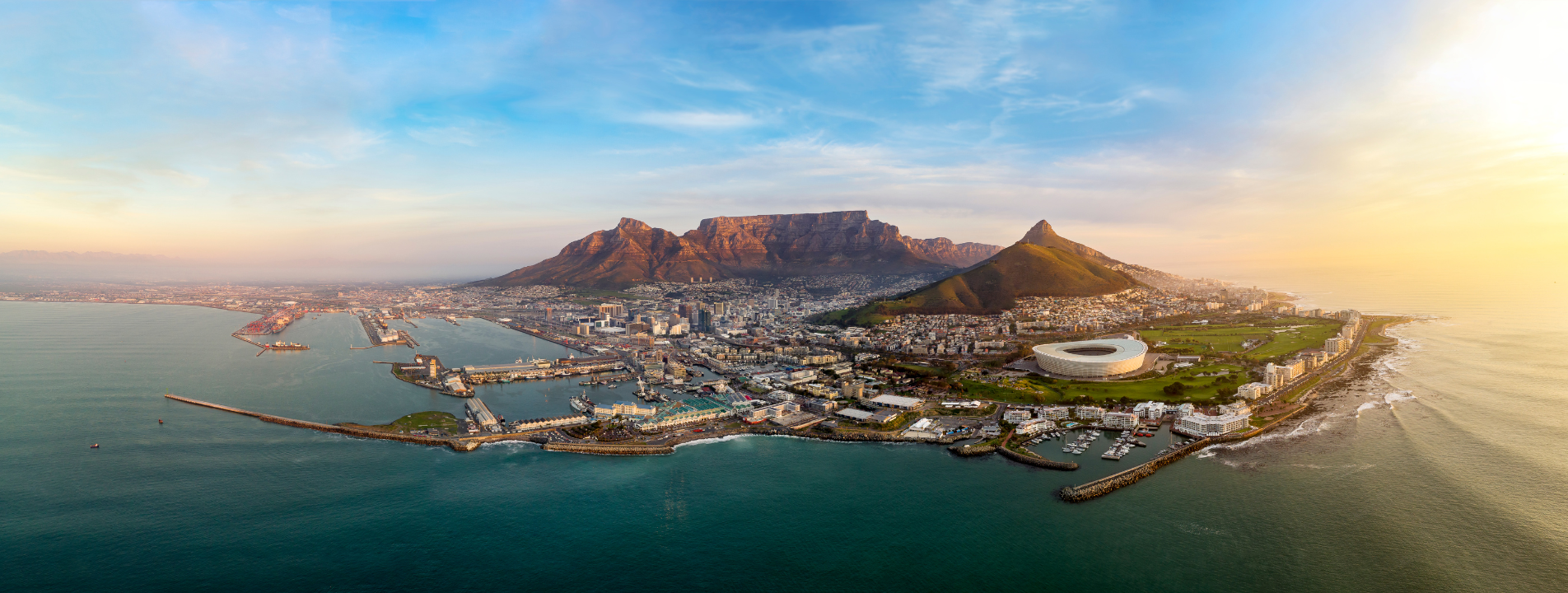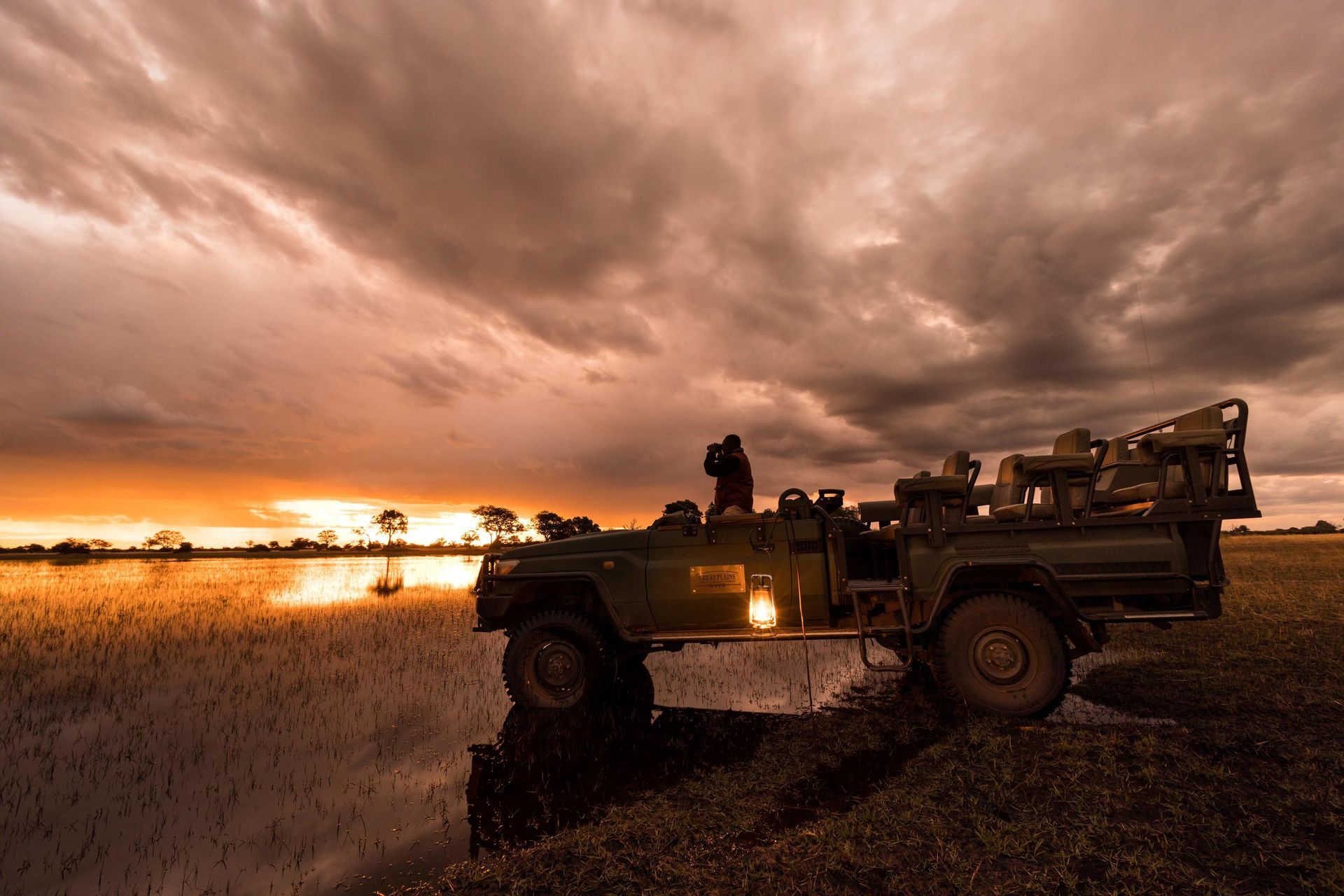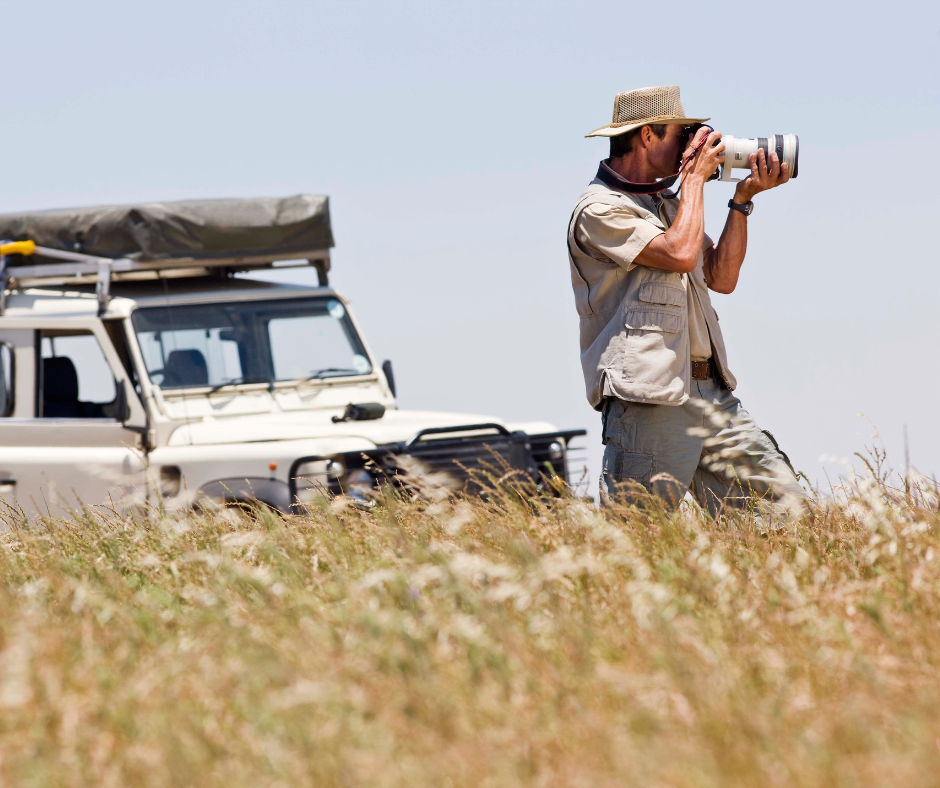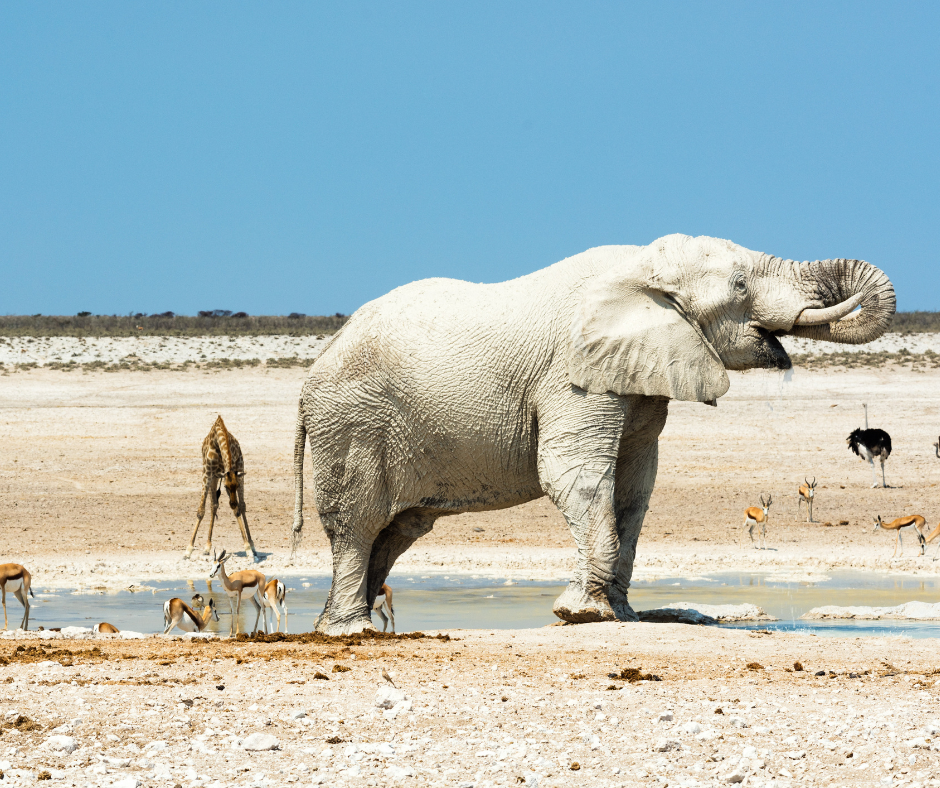MASAI MARA NATIONAL RESERVE & GREATER MARA CONSERVANCIES
If you have always dreamed of seeing the Migration we can take you there - ethically
What is the Masai Mara?
The Masai Mara is the beating heart of Kenya’s safari country — a place of endless golden plains, flat-topped acacias, and the meandering Mara River that draws wildlife in astonishing numbers. At its centre lies the Masai Mara National Reserve, about 1,500 square kilometres of pure wilderness where lion prides rule the grasslands and elephants roam beneath wide African skies. Surrounding the reserve are community-run private conservancies that extend this ecosystem far beyond its borders, easing vehicle congestion and allowing more exclusive experiences such as off-road drives, guided walks, and night safaris.
When you journey here with Martin Meyer Safaris, we design your itinerary around your own rhythm — balancing time in the famed Reserve with stays in its quieter conservancies — so you enjoy the best sightings, meaningful encounters, and a genuinely responsible safari from start to finish.
Regions to Explore in the Greater Mara Ecosystem
Masai Mara National Reserve
This is the classic Mara you’ve seen in documentaries — vast grasslands, river crossings, and the unmistakable silhouettes of giraffe against fiery sunsets. The Reserve delivers unrivalled predator action and spectacular views, though it’s also the busiest part of the ecosystem. We often recommend pairing it with a conservancy stay for a more intimate experience.
- Iconic Mara landscapes and year-round Big Five viewing
- Prime location for Great Migration river crossings
- Ideal combination with nearby private conservancies
Mara Triangle
Tucked west of the Mara River and bordered by the Oloololo Escarpment, the Mara Triangle is a photographer’s dream. Managed independently and carefully protected, it’s renowned for its open spaces, excellent road network, and lighter traffic than the central Reserve. It’s also one of the best places to witness the Great Migration in action.
- Fewer vehicles and pristine, well-managed terrain
- Dramatic escarpment views and open plains
- Superb vantage points for river crossings during migration
Olare Motorogi Conservancy
Olare Motorogi epitomises low-impact, high-quality safari. Only a handful of intimate camps share this vast wilderness, ensuring exclusivity and unhurried sightings. Off-road driving is permitted, allowing guests to follow the action for those once-in-a-lifetime photographic moments.
- Exceptionally low vehicle density and private sightings
- Off-road driving allowed for close wildlife encounters
- Consistently high predator concentrations, especially lions and cheetahs
Naboisho Conservancy
Renowned for its extraordinary lion and cheetah populations, Naboisho offers guests a rare blend of adventure and authenticity. Here, you can explore on foot, embark on night drives, and engage with local Maasai communities. Every stay directly supports the people who protect this wilderness.
- Outstanding predator density and diverse habitats
- Night drives and guided walking safaris permitted
- Genuine community partnership supporting Maasai landowners
Mara North
Conservancy
Spacious, scenic, and serenely quiet, Mara North is perfect for travellers seeking a slower, more immersive experience. Its open plains, woodlands, and riverine areas create a dynamic setting for photography and extended stays.
- Expansive private wilderness with limited camps
- Off-road and night drives available for flexible game viewing
- Excellent for longer stays and dedicated photographers
Ol Kinyei
Conservancy
One of the first conservancies established in the Mara, Ol Kinyei set the standard for community-driven conservation. It’s an intimate area bursting with wildlife — lions, leopards, elephants, and more — offering that nostalgic, old-school safari atmosphere.
- Pioneer model of Maasai-owned conservancies
- Superb mix of grassland, riverine, and acacia woodland habitats
- Walking safaris, sundowners, and starry bush dinners included
Book your African Safari Tour now and we will include a private romantic dinner during your stay!
Where to Stay in the Masai Mara
Accommodation in the Mara is as diverse as the landscape itself — from elegant lodges to romantic canvas tents that move with the migration. Whether you’re after classic comfort, private seclusion, or pure adventure, we’ll match you with the perfect stay to suit your style.
While you could spend hours researching on the internet to find the perfect lodges to tick your bucket list experiences why not just book a complimentary safari consultation call with us and let us guide you to the right experience for you.
There are three main types of Accommodation options in the reserves mentioned above - each one unique and catering to a very specific type of traveller, and while some of these categories overlap, we can guarantee that we can send you to the right lodge for you.
When Is the Best Time to Visit the Masai Mara?
It can be overwhelming to balance migration timing, crowd levels and activities. Don’t worry — we do this every day.
Ask anyone who’s spent time in the Masai Mara and they’ll tell you — there really isn’t a bad time to go. The Mara is alive year-round, a place where lions roar through misty mornings, elephants gather at river crossings, and every month brings its own rhythm and reward. The key is knowing what kind of experience you want — drama and spectacle, or peace and solitude — and planning your safari around that.
Our Tip: The Great Migration may grab headlines, but don’t underestimate the quieter seasons — that’s when the Mara reveals its most intimate, soulful side.
July to October – The Great Migration
This is the Mara’s most famous season, when more than a million wildebeest and zebra flood in from the Serengeti. River crossings can be heart-stopping — crocodiles lurking below, dust swirling, and the sheer roar of hooves filling the air. It’s an unforgettable spectacle, but also the busiest time of year. We’ll help you experience the migration away from the crowds, positioning you in the right conservancies or mobile camps for the best balance of action and exclusivity.
January to March – Golden Season
These months bring stable, dry weather and some of the Mara’s best big-cat viewing. The vegetation is short, waterholes attract wildlife, and the mornings are crisp and clear — perfect for photography. It’s also a superb time for travellers who want predictable weather and fewer vehicles on the roads.
November to December – The Short Rains
When the rains arrive, the plains breathe again — emerald grasses return, flowers bloom, and newborn animals take their first wobbly steps. The air feels clean and alive, the light is soft and golden, and there are far fewer vehicles around. For photographers and travellers who prefer quiet beauty to crowds, this is a wonderful time to visit.
April to May – The Long Rains
The Mara slows down — and that’s exactly its charm. This is the greenest, quietest time of year. Afternoon storms roll dramatically across the plains, the air smells of rain and earth, and birdlife is spectacular. Some camps close for maintenance, but for keen photographers, birders, and romantics who love solitude, it’s a season of raw beauty and reflection.
Reserve vs Conservancy — What’s the Difference?
The Masai Mara isn’t a single, fenced park — it’s a living, breathing ecosystem made up of the Masai Mara National Reserve and a network of private conservancies that border it. Together, they form one of the richest wildlife areas on Earth, but each offers a very different experience. Understanding the difference helps you decide how you want to explore — or, better yet, lets us design a journey that blends the best of both worlds.
Understanding the difference helps you decide how you want to explore — or, better yet, lets us design a journey that blends the best of both worlds.
Masai Mara National Reserve
The National Reserve is the beating heart of the Mara ecosystem — a vast public wilderness managed by Narok County. This is the stage where the Great Migration unfolds in full drama: wildebeest charging across the Mara River, lions ambushing at dawn, and elephants marching across golden plains. Because it’s public land, the Reserve tends to attract more vehicles, especially during peak migration months, and activities are regulated to protect the environment.
That means
no off-road driving, night safaris, or walking — all game drives are on designated routes, typically between sunrise and sunset. But what you lose in flexibility, you gain in grandeur: sweeping landscapes, dramatic skies, and those quintessential “BBC Planet Earth” moments.
- Managed by Narok County Government
- Unrestricted access to migration routes and major river crossings
- Classic scenery and superb predator sightings year-round
Private Conservancies
The conservancies that border the Reserve — names like Naboisho, Olare Motorogi, Mara North, and Ol Kinyei — are privately leased lands owned by Maasai families and managed through visionary conservation partnerships. Each conservancy limits the number of camps and vehicles allowed, ensuring that your safari feels intimate and personal.
Here, your guide can drive off-road to follow a leopard through the acacia trees, take you on a night drive under starlit skies, or lead you on a guided walk to learn the language of tracks and sounds.
In the conservancies, wildlife thrives, people benefit, and guests experience Africa at its most authentic.
- Community-owned lands with strict limits on bed numbers and vehicles
- Off-road, walking, and night drives allowed for deeper exploration
- Directly funds conservation and local livelihoods
Book your Safari Consultation Call Now - and we will include a Free Safari Shirt from our Safari Gear Shop!
What is a typical day on Safari in Kenya?
Every day in the Mara feels a little bit different — shaped by the light, the wildlife, and your own curiosity. But there’s a rhythm to safari life that soon becomes addictive: early mornings, golden afternoons, and nights alive with sound.
You’ll wake before dawn to the soft knock of your butler or guide, a tray of freshly brewed coffee waiting outside your tent. The air is cool, the horizon pale with first light. As you set out, the bush is stirring — lions returning from the hunt, elephants drifting through the mist, and hot-air balloons rising silently into the sky.
After a few unforgettable hours of exploring, you’ll return to camp for a generous breakfast and perhaps a few lazy hours of rest. Some guests head for the pool, others prefer to sit with binoculars and watch the plains unfold from the deck. Time moves slowly here — and that’s part of the magic.
- Early Morning Game Drive — prime big-cat activity and golden light.
- Late Breakfast & Downtime — watch hippos and elephants from camp, enjoy a spa treatment or pool time.
- Afternoon Game Drive & Sundowners — classic Mara horizons and river loops.
- After Dark: night drives only in conservancies (not permitted inside the Reserve) for aardwolf, serval and hyena encounters.
Your Day, Your Way
With Martin Meyer Safaris, no two safari days are ever the same. We design your daily rhythm around you — not the other way around.
Photographers can linger at a sighting for hours in the perfect light. Families might enjoy mid-morning bush breakfasts and early returns for swimming or story time around the fire. Honeymooners can sleep in and head out for private sundowners on a hilltop all to themselves.
Your guide, your vehicle, your pace it’s all about creating a safari that feels like it was made just for you.
What is Included ?
- Twice-daily game drives with expert local guides in open 4x4 safari vehicles
- Guided bush walks and night drives (in private conservancies where permitted)
- All meals, from early-morning coffee to multi-course dinners under the stars
- Selected house beverages, including local wines, beers, and soft drinks
- Conservation, park, and bed-night fees — covered upfront in your itinerary
- Internal transfers between Mara airstrips and your lodge or camp
- Laundry service at most mid- to high-end camps and lodges
- Masai Mara National Reserve entry fees (if staying outside the Reserve) charged per 24-hour period
- 24/7 on-the-ground support from the Martin Meyer Safaris team
What is Excluded ?
- Premium or imported drinks such as champagne and top-shelf spirits
- Spa treatments and private wellness sessions (available at selected lodges)
- Curio and boutique purchases from lodge gift shops or local markets
- Masai Mara National Reserve entry fees (if staying outside the Reserve) — charged per 24-hour period
- Optional scenic flights or hot-air balloon safaris
- Gratuities for your guides, trackers, and camp staff — always at your discretion
Frequently Asked Questions - Masai Mara Safaris
How much does a Masai Mara safari cost per day?
Safari prices in the Masai Mara vary depending on the season, level of accommodation, and whether you’re staying inside the Reserve or in a private conservancy.
On average, you can expect:
Mid-range tented camps: from USD $500–$800 per person per night (fully inclusive)
Luxury lodges and conservancies: from USD $900–$1,800 per person per night
Exclusive-use villas and private safaris: from $2,000+ per person per night
All Martin Meyer Safaris packages include accommodation, meals, game drives, and conservation fees — so there are no hidden costs once you arrive.
Do park or conservancy fees come included in my quote, or do I pay them separately?
With Martin Meyer Safaris, all mandatory park and conservancy fees are included in your quotation unless clearly stated otherwise.
These fees directly support wildlife protection and local community projects, and we handle them on your behalf to simplify your travel logistics.
When should I book to guarantee the best camps or migration stays?
If you plan to travel between July and October (Migration season), we recommend booking 9–12 months in advance, especially for small, high-demand camps and mobile migrations tents.
For the quieter green seasons, 4–6 months in advance is usually sufficient.
Booking early also gives you first choice on private guides, best-located camps, and flight times into the Mara.
Can I upgrade or customise my safari package?
Absolutely. Every Martin Meyer Safari is tailor-made, so upgrades and personal touches are part of what we do.
You can add:
A private vehicle for complete flexibility
A hot-air balloon flight at sunrise
Additional nights in Laikipia, Amboseli, or on the Kenyan Coast
Photographic guide or specialist naturalist for deeper insight
Your safari designer will walk you through all upgrade options during your consultation.
Can I combine the Masai Mara with other Kenyan or African destinations?
Yes — and we highly recommend it! Many guests combine the Mara with:
Amboseli National Park for elephants and Kilimanjaro views
Laikipia Plateau for rhino conservation and walking safaris
Diani or the Kenyan Coast for a relaxing beach finish
Or even cross-border extensions into Tanzania’s Serengeti or Zanzibar
We’ll craft your route to flow seamlessly, including all internal flights and transfers.
Ready to Start Planning your Safari?
Martin has lived and guided in Kenya - extensively. He has a network of lodge and private guides in each region that not only add immense value to your safari, it elevates your experience entirely.
- We have local knowledge
- We only support lodges that we have personally vetted
- Each itinerary is tailor made to your budget and interests
- We offer 24/7 ground support while travelling
Fill in the convenient enquiry form and an agent will respond to you within one business day

